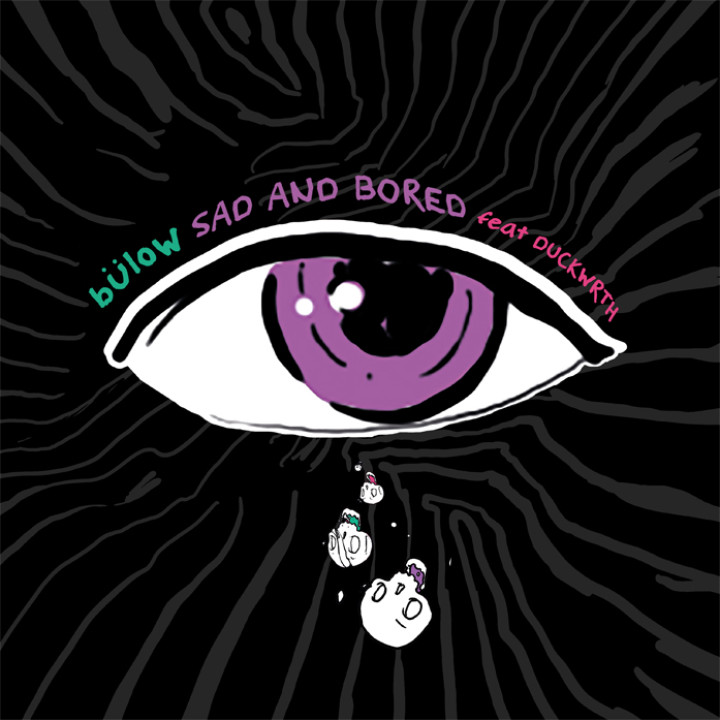
Neural electrode insertion trauma impedes the recording and stimulation capabilities of numerous diagnostic and treatment avenues. In conclusion, this study highlights the ameliorating effects of RPO against LPS-induced hepatic injury and revealed the Nrf2/GCL/HO-1 and NFκβ signaling axis as potential contributing mechanisms. Mechanistically, RPO up-regulated mRNA expression of redox sensitive transcription factor Nrf2 and its downstream targets GCL and HO-1, while also suppressing the expression of NFκβ and associated inflammatory protein, Iκβ kinase (IκKβ). Activity of hepatic antioxidant enzymes including superoxide dismutase, glutathione reductase, glutathione peroxidase, as well as glutathione redox status (GSH:GSSG), and markers of antioxidant capacity that decreased as a result of LPS injection were improved by RPO pre-treatment. Hepatic malondialdehyde and conjugated dienes, as well as pro-inflammatory cytokines, including interleukin (IL)-1β, IL-6 and TNFα were significantly diminished ( p < 0.05) by RPO pre-treatment. RPO resolved hepatic histological dysfunction induced by LPS, and lowered alanine aminotransferase, aspartate aminotransferase, alkaline phosphatase and γ-glutamyl transferase activities in the serum. Animals were sacrificed 24 h later, and blood and liver tissues harvested for biochemical and molecular analysis. On the 27th day of experiment, animals in LPS and RPO + LPS groups were injected with LPS (0.5 mg/kg body weight). Animals in the RPO and RPO + LPS groups were administered RPO (200 μL/day) for 28 days. Male Wistar rats were assigned into four groups (10 animals/group): normal control (NC), RPO, LPS and RPO + LPS. In this study, we assess the protective effect and mechanistic action of RPO using a lipopolysaccharide (LPS)-induced hepatic injury model. Red palm oil (RPO) is a unique natural product with a balanced ratio of saturated and unsaturated fatty acids, with reported antioxidant and anti-inflammatory effects. Lipopolysaccharide (LPS), a well-conserved cell wall component of Gram positive bacteria, exerts its toxic effects via inducing oxidative and pro-inflammatory responses. Based on catalytical active sites and conserved domains present in Chlamydomonas selenoproteins, we suggest that Chlamydomonas selenoproteins could have a role in redox regulation and defense by acting as antioxidants in various physiological conditions. Interestingly, Sec amino acid residue is present in a catalytically active domain in Chlamydomonas selenoproteins, similar to human selenoproteins. Chlamydomonas selenoproteins contain conserved domains such as CVNVGC and GCUG, in the case of thioredoxin reductase, and CXXU in other selenoproteins. However, the role of selenoproteins in Chlamydomonas is yet to be reported. reinhardtii is known to have 10 selenoprotein genes. In algae, 42 selenoprotein families were identified using various bioinformatics approaches, out of which C. The human genome contains 25 selenoproteins, most of which are involved in antioxidant defense activity, redox regulation, and redox signaling. In eukaryotes, selenoproteins are present in animals and algae, whereas fungi and higher plants lack them.

Proteins containing Sec are known as selenoproteins. It is obtained from the 21st amino acid selenocysteine (Sec, U), genetically encoded by the UGA codon. Selenium (Se) is an essential micro-element for many organisms, including Chlamydomonas reinhardtii, and is required in trace amounts.
#Bulow damaged vol 1 zip pdf#
To view the papers in pdf format, click on the "PDF Full-text" link, and use the free Adobe Reader to open them.

You may sign up for e-mail alerts to receive table of contents of newly released issues.Issues are regarded as officially published after their release is announced to the table of contents alert mailing list.Therefore, postharvest lighting is an interesting tool to stimulate the secondary metabolism, while a US treatment was able to increase the sulforaphane content in seeds and sprouts, increasing then their potential anticancer properties. Phenolic, glucosinolate, and sulforaphane biosynthesis was enhanced under W, B, and R LEDs. The US treatment increased the sulforaphane content by ~4-fold compared to CTRL seeds and sprouts. The effect during shelf-life of a presowing US treatment combined with a postharvest photoperiod including LEDs (14 h of fluorescent light (FL) + 10 h of white (W), blue (B), and red (R) LEDs) on rocket sprouts’ quality and phytochemicals has been evaluated. Ultrasound (US) and LED illumination are being studied to optimize yield and quality.


 0 kommentar(er)
0 kommentar(er)
